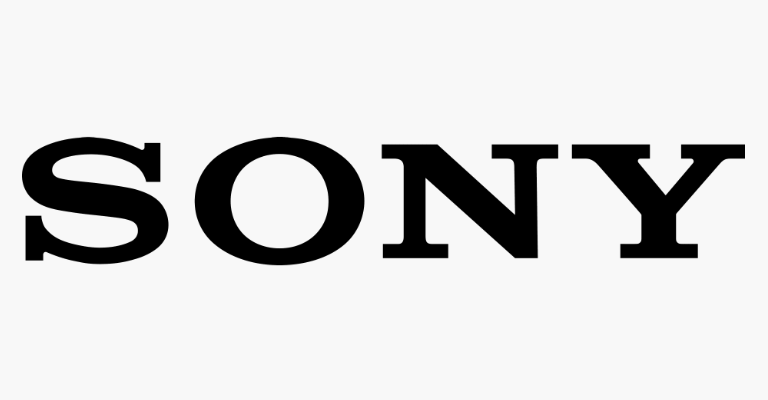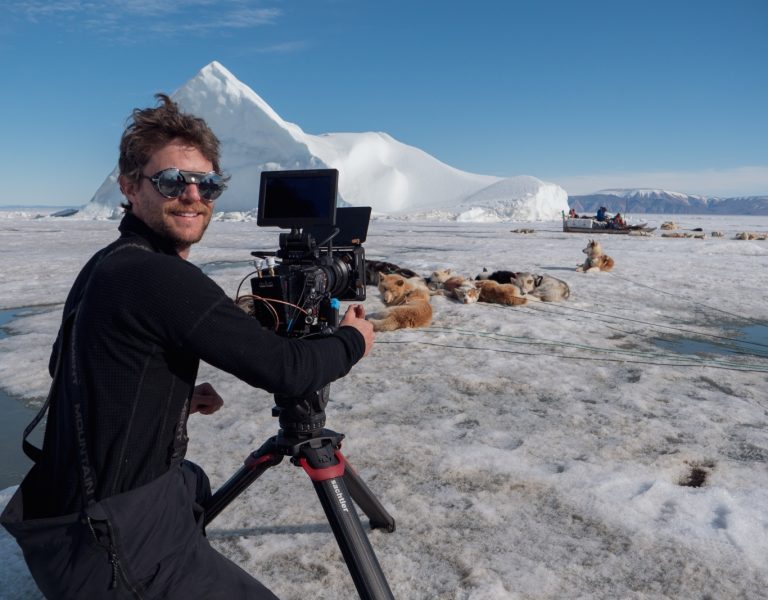TAKE TO THE SKIES
Aerial filming – whether by helicopter or drone – may be more mobile than shooting from a hide on the ground, but dynamic and useable footage of wildlife requires just as much patience and experience.
“There’s a lot of animal behaviour that you can only see and understand from an aerial perspective,” says Berlin-based DP Carl Finkbeiner. “Hunting techniques of orcas in northern Norway with ‘carousel feeding’, humpback whales with ‘bubble net feeding’ or orcas capturing sea lion pups from the beach in Patagonia and sharing their catch. Drone footage adds another dimension, adds scope and scale to the cinematography, and makes you aware of the beauty in nature.”
“Finding the wildlife in the first place can be tricky,” says cinematographer David Baillie, who filmed whales for the first Planet Earth series as part of his 40-year career. “As with all wildlife filming, when you start to understand the animal, it becomes a lot easier. Once you’ve watched a humpback dive, you roughly know how long it might be till it comes up and breaches.

“I used to love the old days of hanging out the side of helicopters with a handheld camera but although the fun quotient was 100%, the production value quotient was about 2% on a good day. Stabilised gimbals have revolutionised the craft, and the skill these days is assembling the right combination for the job, of camera, lens, operator and above all, pilot.
“One advantage a cinematographer has in a helicopter is that it’s a lot easier to find somewhere where the light is how you want it. If the sun goes behind a cloud – easy, fly to the other side of the cloud. A helicopter is like having an infinitely long and manoeuvrable length of track that you lay down anywhere in a matter of seconds.”
Finkbeiner has been shooting drone aerials for years and now prefers smaller drones like the DJI Mavic 3 cine to heavier drones like the hexacopter he used on BBC’s Blue Planet II. “When you fly over open ocean searching for whales or dolphins, the longer flight times are more effective in getting the shots,” he says.
“Flying close to the polar circle, you can have two or three hours of magic hour light in winter, but the GPS signals will make your drone go crazy – you must fly in ATTI mode (which disables GPS positioning). In other regions, I try to avoid when the sun is at its zenith as you will have a heavy reflection of the sun on the water’s surface. To deal with this, I turn and tilt the drone until I find the best angle.”

Finkbeiner suggests choosing your ND Filter carefully before starting “so you can get overhead shots as well as horizon shots, which might be 4-5 stops apart”. “Be quick in setting exposure and do not touch it when the camera is rolling,” he adds.
Baillie notes you’ll have less control over highlights and shadows in the air: “The dynamic range of the ARRI sensors can be a lifesaver.”
He suggests you ‘milk the parallax’ to enhance visual appeal: “If you are trying to capture the sense of an animal’s habitat and know that someone on the ground is doing their stuff with a CN20 on some heavy-duty legs, then just play with a wide focal length and the foreground and side ground to accentuate the sense of movement.”
The noise of a drone can make some animals flee immediately. “It’s good to approach the animals from the front, slightly above eye level and with a very steady but slow speed, to get them to realise something is coming, and it’s not a bee swarm,” says Finkbeiner. “It’s worked well with giraffes, rhinos, elephants, and even polar bears.”
The Canon CN20 50-1000mm lens is popular for aerial cinematography, but while Bailie is a fan, he often likes to go wider. “If I’m trying to capture the emotional beauty and natural wonder of the location and habitat, I’ll always try to use a wide zoom – my favourite is the Fujinon 19-45mm Premista. With the right flight line, in the hands of the right pilot, you can tear at the audience’s heartstrings.”

–
Words: Michael Burns
























